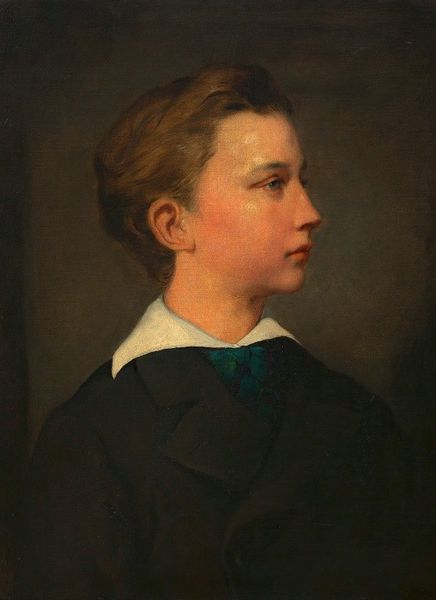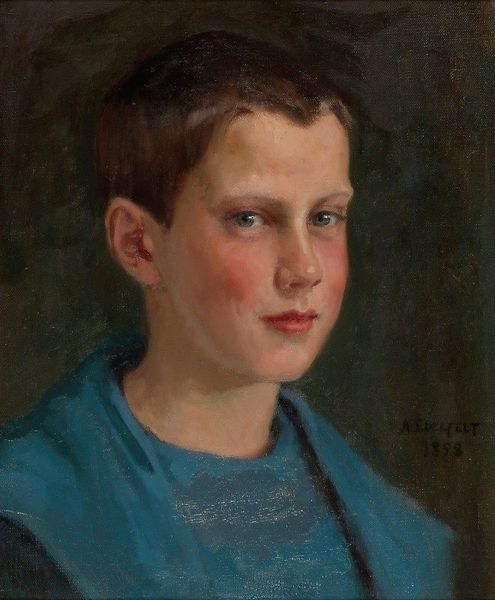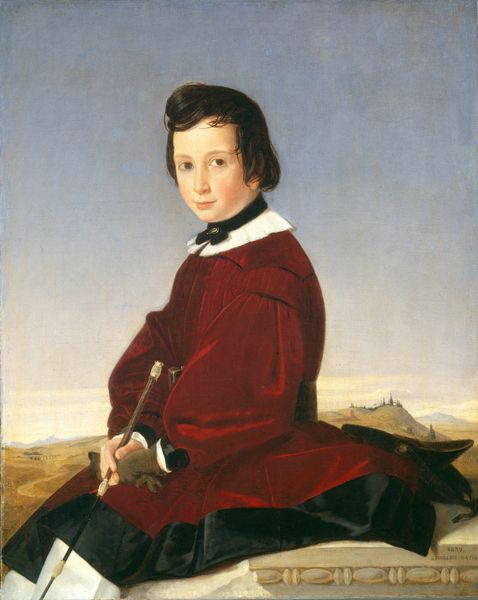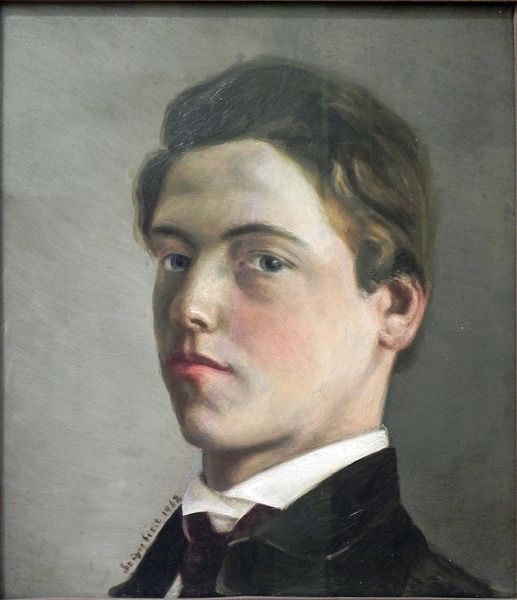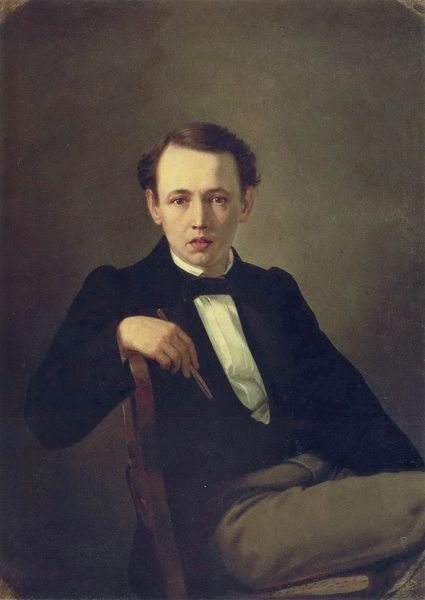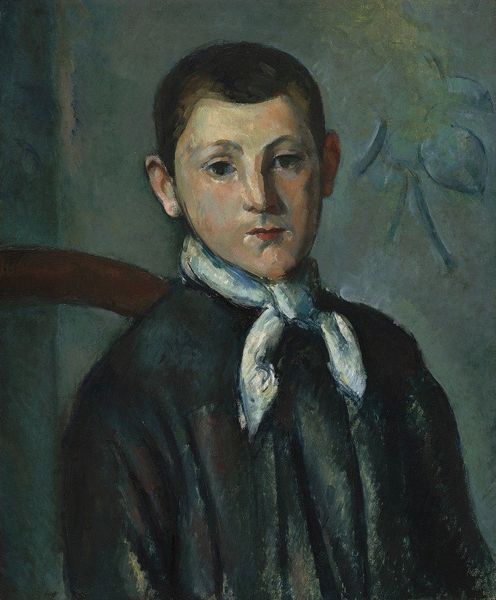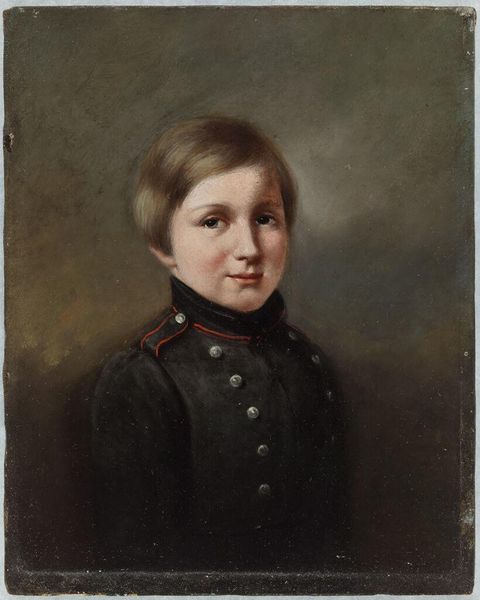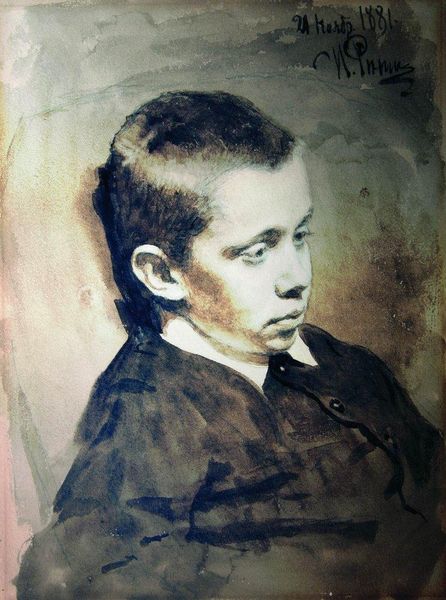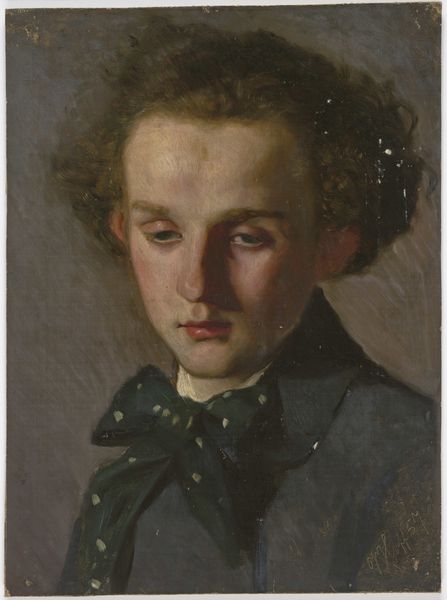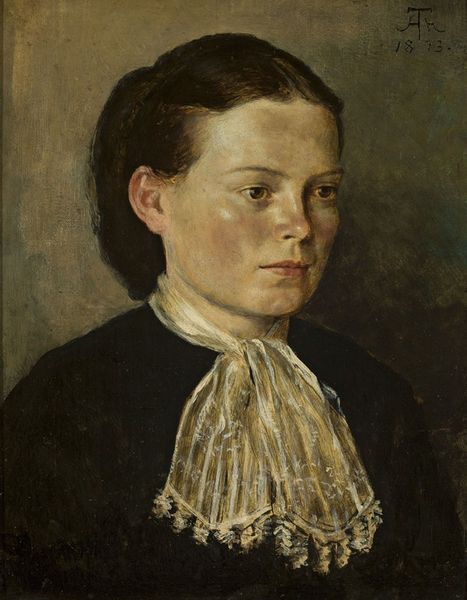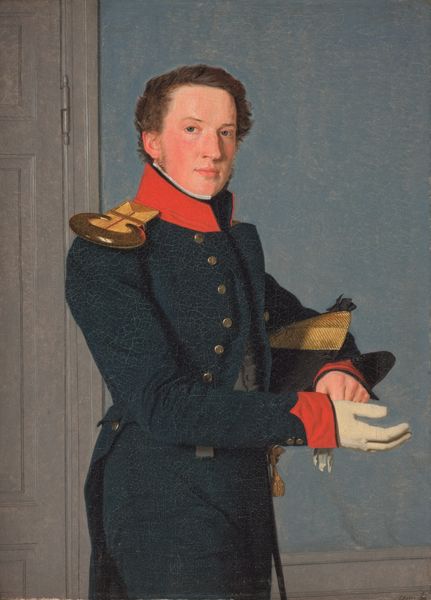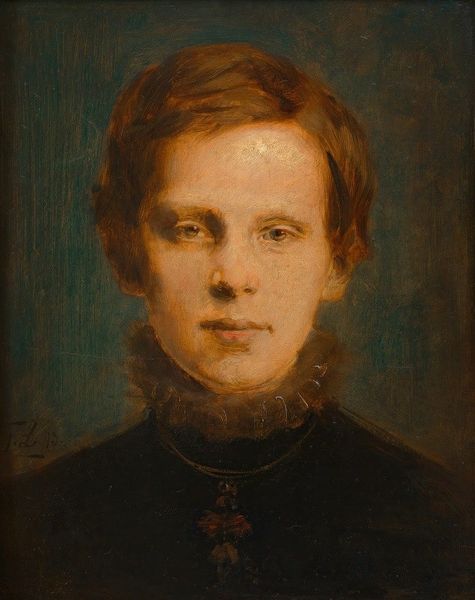
painting, oil-paint
#
portrait
#
portrait
#
painting
#
oil-paint
#
romanticism
#
history-painting
#
academic-art
Copyright: Public domain
George Dawe painted this oil on canvas portrait of Alexander II as a boy sometime in the early 19th century. Dawe was an English portraitist who gained renown in Russia, becoming the official portrait painter to Alexander I. This image presents the young Alexander in the trappings of power. The uniform, complete with gold embellishments and a high red collar, speaks to his future role as Tsar. But the boy's gaze, direct yet slightly vulnerable, hints at the complexities of leadership and the weight of expectation placed upon him. Russia at this time was an autocratic society. The Tsar was the ultimate authority. Images like this played a key role in constructing and maintaining that authority. To understand this painting fully, one must delve into the history of the Romanov dynasty, the political climate of 19th-century Russia, and the role of portraiture in shaping public perception. Historical archives, including letters, diaries, and official documents, can provide invaluable insights into the social conditions that shaped the artistic production. Ultimately, the meaning of this portrait is contingent upon its social and institutional context.
Comments
No comments
Be the first to comment and join the conversation on the ultimate creative platform.

